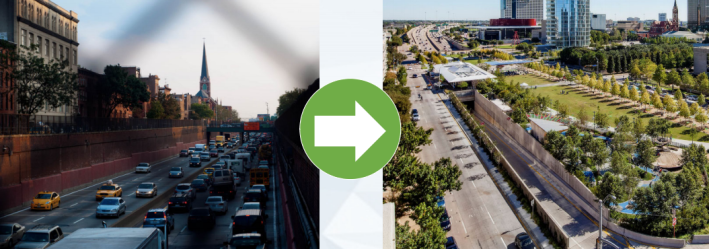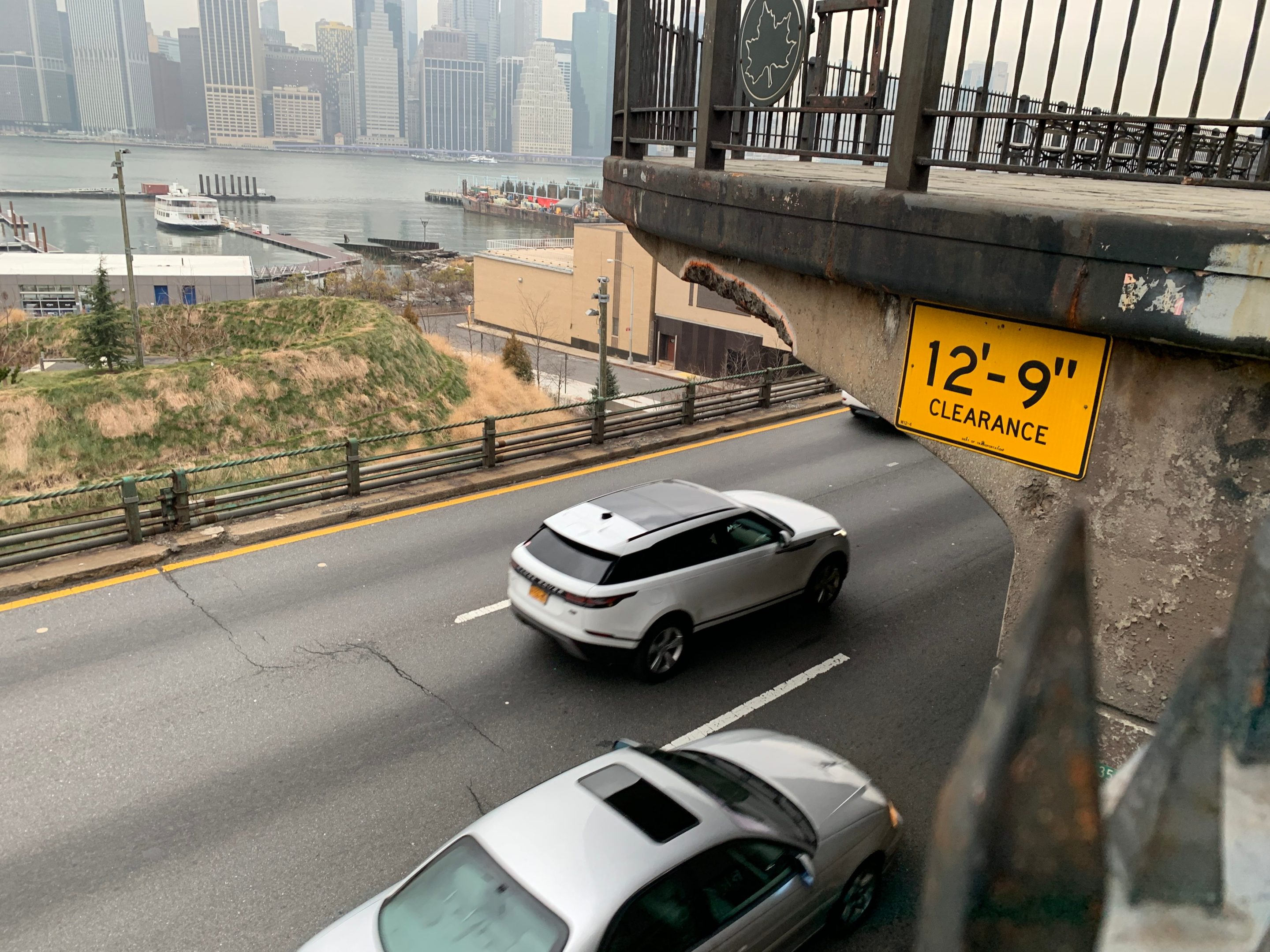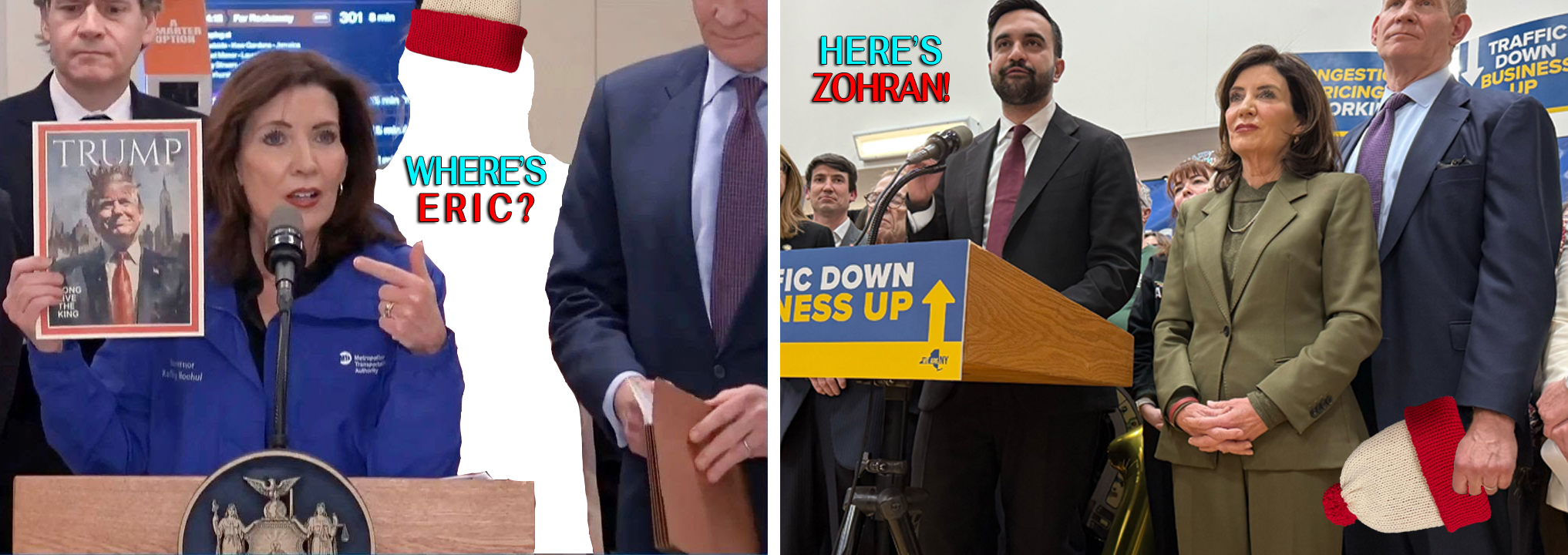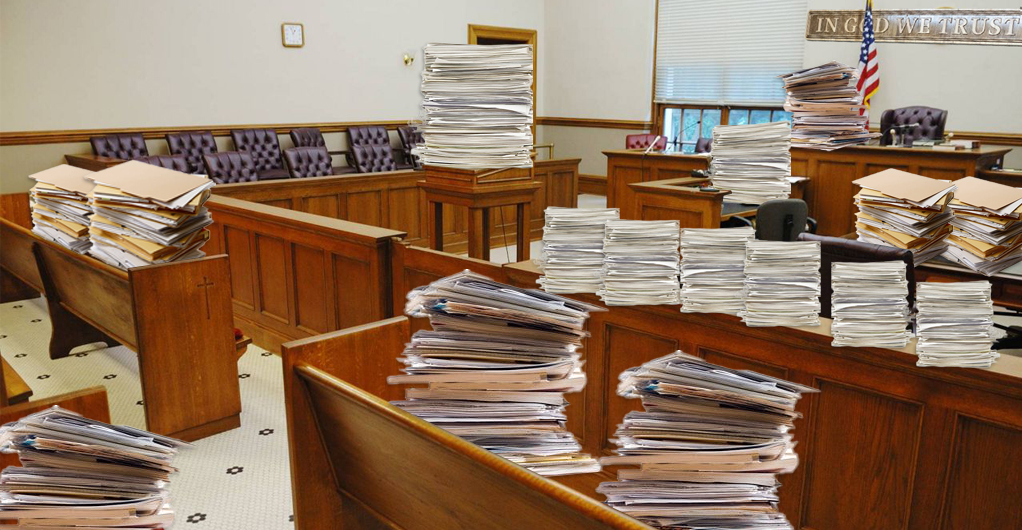City Comptroller Scott Stringer panned the multi-billion-dollar proposal for a cross-Brooklyn tunnel to replace the Brooklyn-Queens Expressway’s crumbling triple-cantilever, arguing during a Thursday night town hall that the city must look beyond the Robert Moses era — not only by fighting the domination of cars, but also highway projects that defer to wealthy neighborhoods.
Stringer, who is likely to run for mayor in 2021, said dropping $11-billion for a tunnel to shuttle 153,000 vehicles daily — including about 25,000 trucks — is not how a city that's supposedly at the forefront of fighting climate change should be thinking about its future relationship with carbon-emitting vehicles.
“The tunnel [is] a very expensive proposition and second, there really is an issue of do we want to attract more cars or do we want less cars? And there are some real powerful arguments that the tunnel could actually bring more cars,” Stringer said during the town hall hosted by the Cobble Hill Association.
The tunnel is a decade-old idea, but it was brought back to life by the City Council this week when Speaker Corey Johnson’s office unveiled two recommendations for repairing the BQE: the controversial tunnel from Park Slope to Williamsburg, and a $3.2-billion mega-highway under a park that will make Brooklyn Heights an even wealthier enclave.
The council hired Arup Engineering to consider various repair plans for the rapidly deteriorating three-tiered structure — but asked its experts only to study where to put the tens of thousands of vehicles that now use the roadway daily, not how to help eliminate them.
Livable-streets activists quickly called out Johnson, who is also expected to run for mayor against Stringer, for promoting a plan that does nothing to actually help reduce the number of cars on the road, despite billing himself as a “break the car culture” politician. Johnson later told Streetsblog that he doesn't endorse any one plan yet, including the tunnel, and would consider a total tear-down option for the BQE if someone put forward a “responsible” proposal.
And on Thursday, Stringer joined those voices — his own proposal for the BQE includes banning all cars in favor of buses and trucks only, and covering it with parks.

But not only does a tunnel contradict the city's commitment to fighting climate change, spending such a large chunk of change on just one section of a massive highway — in a wealthy neighborhood — would still not right Moses's wrongs.
Stringer said the city must also remedy the damage caused by putting highways through poorer neighborhoods throughout the city — and officials must listen to residents of those poorer sections just as they did with residents in Brooklyn Heights and its especially powerful civic group, the Brooklyn Heights Association.
“We can now seize this moment. What we have to realize is that there are a lot of communities, not just here, but in the Bronx and places in Queens, throughout the city, where we have to look at our aging highway infrastructure and have to think about what a new city will look like," Stringer said. “I think this will be the template with what we can do around the city to unite people of different socioeconomic backgrounds, to bring together neighborhoods that may not always be part of the conversation. But what we are doing here I believe can spread throughout the city."
Brooklyn Council Member Antonio Reynoso — whose district includes a stretch of the six-lane highway that runs through Williamsburg — similarly shamed Mayor de Blasio for his unwillingness to invest in his district in the same way he's willing to invest in Brooklyn Heights.
“Of course, the last thing the mayor wants to do is invest in poor black and brown communities at this point,” Reynoso said this week, saying the city declined to budget $1.2 billion for covering over a short portion of the roadway in his district. “We have the least amount of park space, the park space that we do have is on either side of the BQE.”






